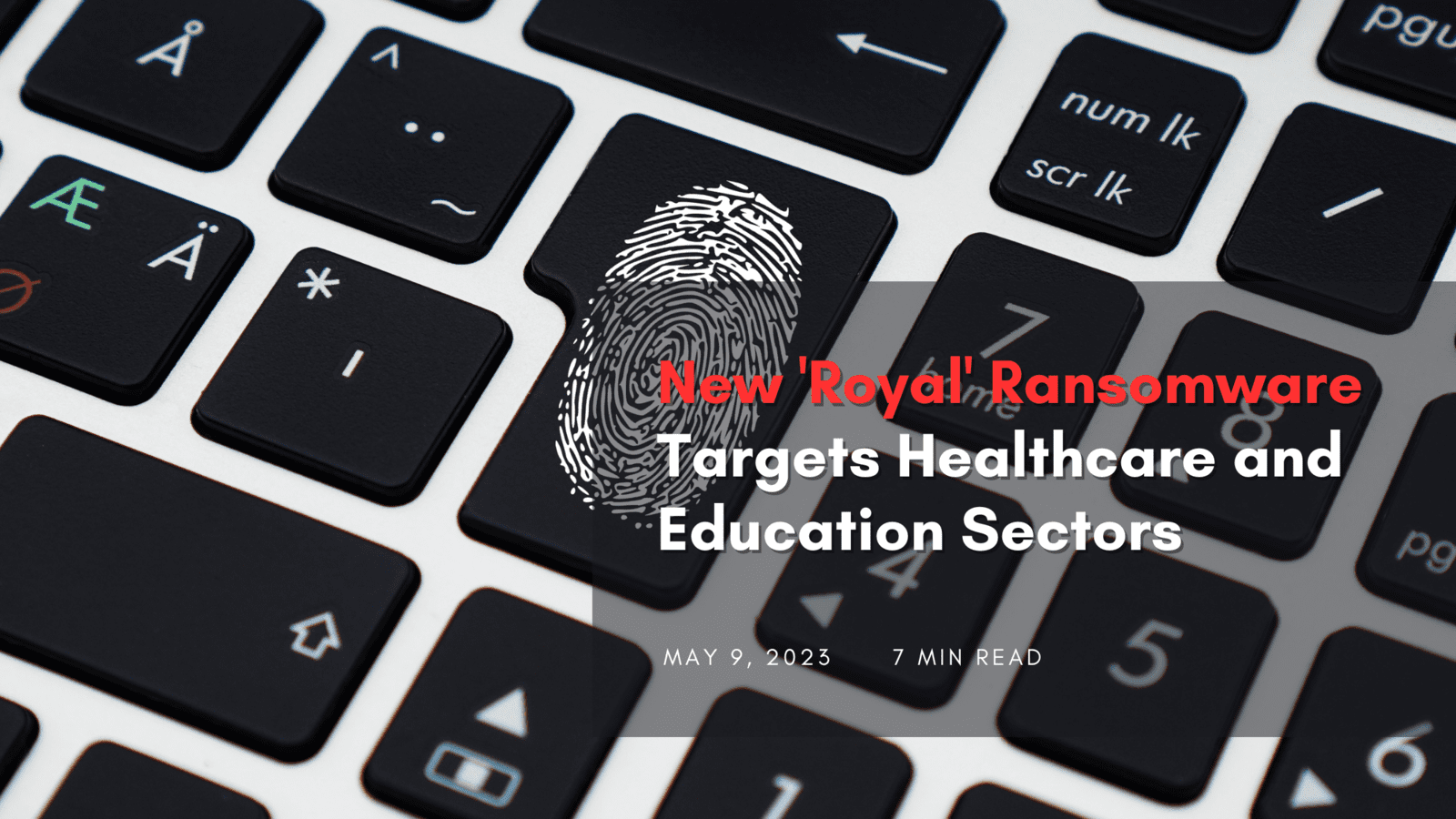
With the increasing use of technology in various sectors, cyber threats have become more prevalent than ever. Recently, the Indian Computer Emergency Response Team (CERT-In) has issued a cyber alert against the 'Royal' ransomware, which has been specifically targeting the healthcare and education sectors. This ransomware can spread through various means such as phishing emails, malicious downloads, and remote desktop protocol abuse. In this article, we will discuss the implications of the 'Royal' ransomware and the steps that organizations can take to protect themselves from this threat.
Ransomware attacks have been on the rise in recent years, and they have become a significant threat to organizations of all sizes, including hospitals and schools. These attacks are designed to encrypt critical data, making it impossible for users to access it until a ransom is paid to the attackers.
The 'Royal' ransomware is a relatively new variant of ransomware that has been designed to target the healthcare specifically and education sectors. This ransomware is designed to encrypt critical data on the infected system, making it inaccessible to users until a ransom is paid to the attackers.
Malicious downloads are another method used by the 'Royal' ransomware to spread. Hackers often use fake download links or software updates to trick users into downloading and installing the ransomware on their systems.
The ransomware also abuses Remote Desktop Protocol (RDP) to gain access to systems. RDP is a remote access protocol that is commonly used by organizations to allow remote workers to access their systems. Hackers can exploit vulnerabilities in RDP to gain access to systems and install the ransomware.
The 'Royal' ransomware is also known to use social engineering tactics to trick users into downloading and installing the ransomware on their systems. Social engineering is the use of psychological manipulation to trick users into divulging sensitive information or performing actions that are not in their best interests.
It is also essential for organizations to have a response plan in place in case of a ransomware attack. This plan should include steps for isolating infected systems, identifying the source of the attack, and contacting law enforcement and other relevant authorities.
The 'Royal' ransomware is a significant threat to the healthcare and education sectors in India. As we have discussed, this ransomware can spread through various means such as phishing emails, malicious downloads, and remote desktop protocol abuse. Organizations must take proactive measures to protect themselves from this and other types of ransomware attacks. By implementing cybersecurity best practices, training employees, and having a response plan in place, organizations can reduce their risk of falling victim to these types of attacks. It is crucial for organizations to prioritize cybersecurity and take the necessary steps to secure their systems and data.

